The ASA Outstanding Shotcrete Project Awards Program exists to recognize excellence and innovation on projects in which the application of shotcrete has played a significant role.
ASA’s Annual Outstanding Shotcrete Project Awards Program provides an exciting real-world demonstration of the exceptional advantages of placing concrete via the shotcrete process. Many sustainability advantages are also inherent in the shotcrete process and play a significant role in winning projects as well as the project owner’s ultimate decision to use shotcrete as the method of concrete placement. Projects must be completed between January 1, 2022, through September 1, 2024, and can be submitted in the following areas: Architecture │ New Construction, Infrastructure, International Projects, Pool & Recreational, Rehabilitation & Repair, and Underground.
To assist in your submission, we have provided submission resources to inform you of the submission guidelines, a list of questions, and a copy of the owner release form. Please email any questions to [email protected].
Award Archive
2024 – Twentieth Annual Outstanding Shotcrete Project Awardees
Outstanding Architecture | New Construction Project
Math, Science & Shotcrete | Holly Springs, NC
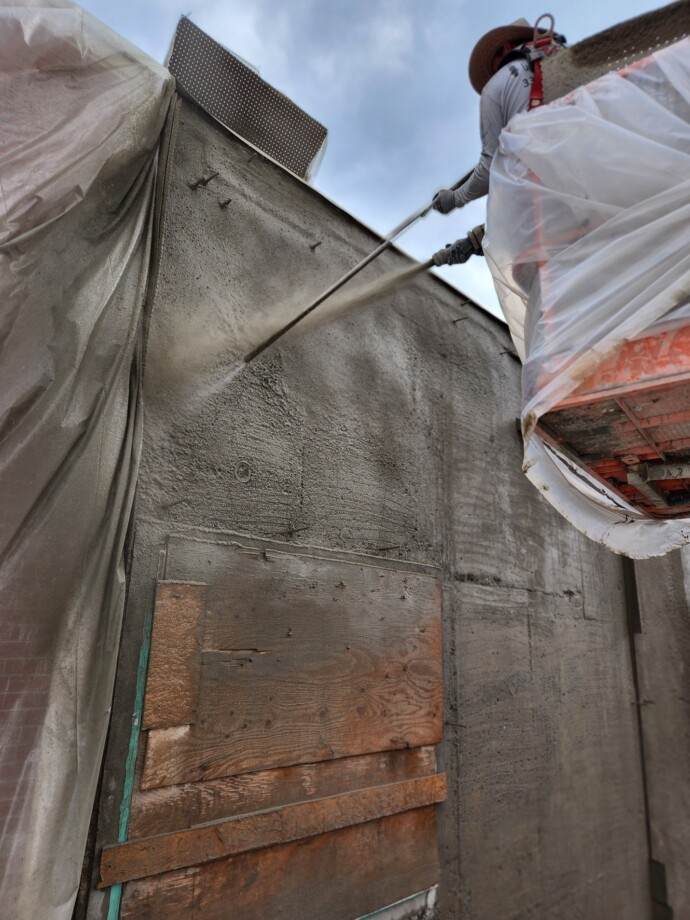
Project Name:
Math, Science & Shotcrete
Location:
Holly Springs, NC
Shotcrete Contractor:
Revolution Gunite
Architect/Engineer:
Dewberry Engineering
Material Supplier/Manufacturer:
Revolution Gunite
General Contractor:
Progressive Contracting
Project Owner:
Wake County Public Schools
More
Outstanding Infrastructure Project
Ice Harbor Dam Draft Tube Modification | Burbank, WA
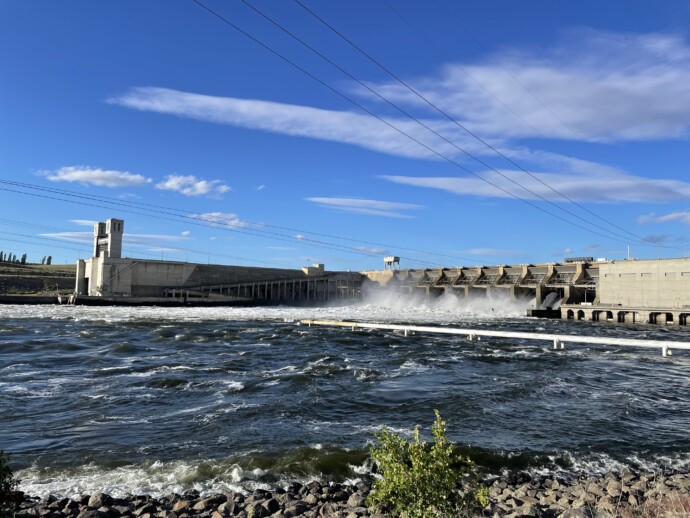
Project Name:
Ice Harbor Dam Draft Tube Modification
Location:
Burbank, WA
Shotcrete Contractor:
PCiRoads, LLC
Architect/Engineer:
U.S. Army Corps of Engineers, Walla Walla District
Material Supplier/Manufacturer:
Master Builders Solutions
Equipment Manufacturer:
Gary Carlson Equipment / Putzmeister
General Contractor:
Voith Hydro
Project Owner:
U.S. Army Corps of Engineers, Walla Walla District
More
Outstanding International Project
Modernization Of the Water Treatment Plant In Poznan | Poznan, Poland
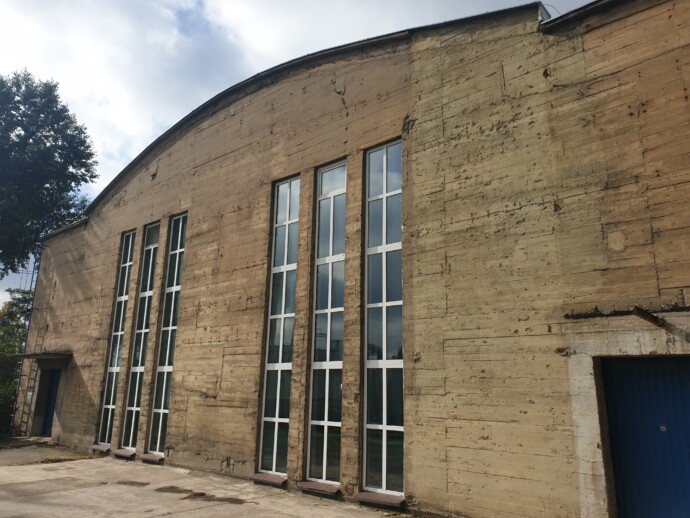
Project Name:
Modernization Of the Water Treatment Plant In Poznan
Location:
Poznan, Poland
Shotcrete Contractor:
SPB TORKRET Ltd
Architect/Engineer:
Sweco Poland
Material Supplier/Manufacturer:
SPB TORKRET Ltd
Equipment Manufacturer:
Sika – Aliva, Atlas Copco
General Contractor:
TERLAN/HYDRO-MARKO
Project Owner:
Aquanet S.A.
More
Outstanding Pool & Recreational Project
Boundless Waters | Hudson River, NY
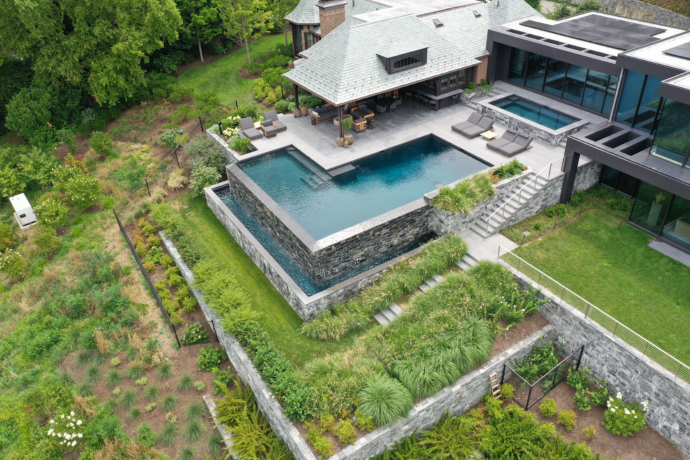
Project Name:
Boundless Waters
Location:
Hudson River, NY
Shotcrete Contractor:
Drakeley Pool Company
Architect/Engineer:
Hollander Landscape Architects
Material Supplier/Manufacturer:
Brewster Transit
Equipment Manufacturer:
Schwing Concrete Pumps
General Contractor:
Yankee Custom Builders
Project Owner:
Yankee Custom Builders
More
Outstanding Rehabilitation & Repair Project
Hemlock Reservoir Dam Improvements | Fairfield, CT
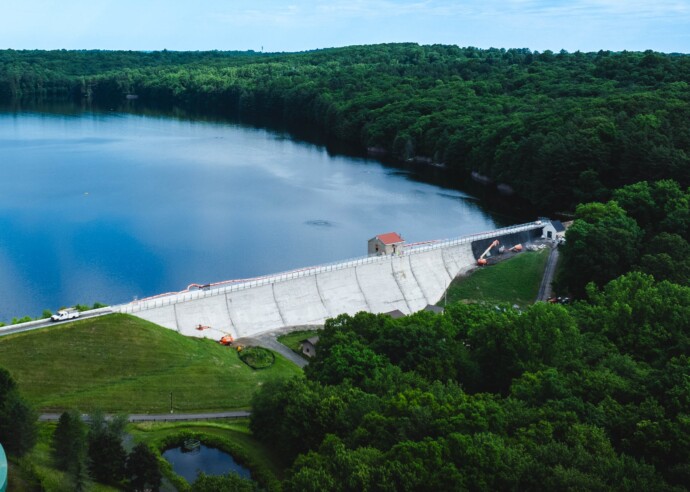
Project Name:
Hemlock Reservoir Dam Improvements
Location:
Fairfield, CT
Shotcrete Contractor:
Patriot Shotcrete, LLC
Architect/Engineer:
Tighe & Bond, Inc.
Material Supplier/Manufacturer:
Sika Corporation
Equipment Manufacturer:
Putzmeister America
General Contractor:
Blakeslee Arpaia Chapman Inc.
Project Owner:
Aquarion Water Company of Connecticut
More
Outstanding Underground Project
Anderson Dam Tunnel | Morgan Hill, CA
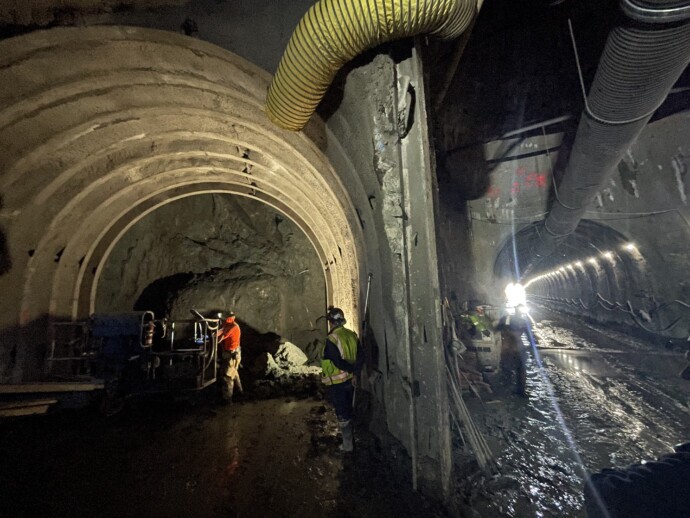
Project Name:
Anderson Dam Tunnel
Location:
Morgan Hill, CA
Shotcrete Contractor:
Drill Tech Drilling & Shoring, Inc.
Architect/Engineer:
AECOM
Material Supplier/Manufacturer:
The Quikrete Companies / Bekaert Corporation (Fibers)
Equipment Manufacturer:
Schwing Concrete Pumping
General Contractor:
Flatiron West Inc.
Project Owner:
Santa Clara Valley WateHr District Tunnel Ground
More
Honorable Mention Project
Kicking Horse Canyon Mountain Stabilization | Golden, BC
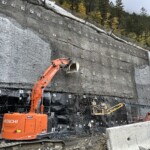
Project Name:
Kicking Horse Canyon Mountain Stabilization
Location:
Golden, BC
Shotcrete Contractor:
LRutt Contracting Ltd* / Ocean Rock Art Ltd
Architect/Engineer:
Aecon/Emil Anderson
Material Supplier/Manufacturer:
Golden Concrete Ltd
Equipment Manufacturer:
REED
General Contractor:
Kicking Horse Canyon Constructors
Project Owner:
Government of Canada
More
Honorable Mention Project
Goose Pond Dam Improvements | Canaan, NH

Project Name:
Goose Pond Dam Improvements
Location:
Canaan, NH
Shotcrete Contractor:
Patriot Shotcrete, LLC
Architect/Engineer:
Gannett Fleming, Inc
Material Supplier/Manufacturer:
Gannett Fleming, Inc
Equipment Manufacturer:
Western Shotcrete Equipment, Inc.
General Contractor:
Michels Construction, Inc.
Project Owner:
New Hampshire Department of Environmental Services
More
Honorable Mention Project
Édouard-Montpetit Station – Réseau Express Métropolitain | Montreal, Canada
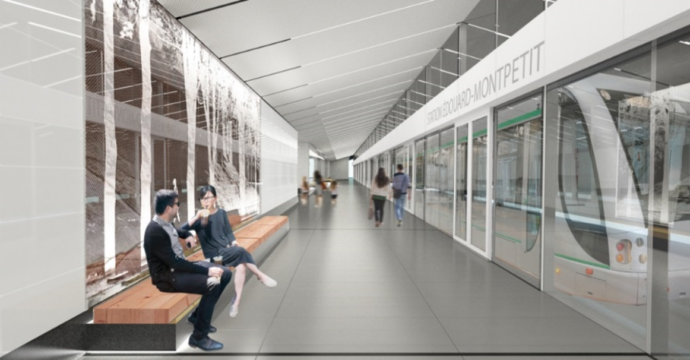
Project Name:
Édouard-Montpetit Station – Réseau Express Métropolitain
Location:
Montreal, Canada
Shotcrete Contractor:
NouvLR
Architect/Engineer:
AECOM / AtkinsRealis
Material Supplier/Manufacturer:
Bekaert / Lafarge Canada
Equipment Manufacturer:
Various equipment manufacturers including Shaft & Cavern
General Contractor:
NouvLR (SNC-Lavalin, Dragados, Aecon, EBC, Pomerleau)
Project Owner:
CDPQ Infra
More
Honorable Mention Project
Shotcrete & Waterproofing – Brigade Tech Gardens | Bengaluru, India
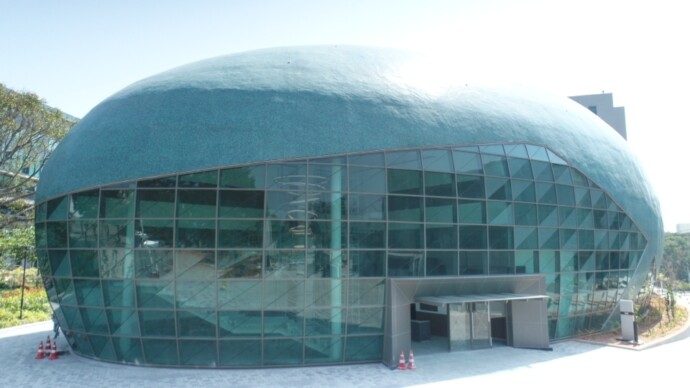
Project Name:
Shotcrete & Waterproofing – Brigade Tech Gardens
Location:
Bengaluru, India
Shotcrete Contractor:
Kasturi Projects Private Ltd
Architect/Engineer:
Brigade Properties Pvt Ltd
Material Supplier/Manufacturer:
Prism Johnson Ltd
Equipment Manufacturer:
Epiroc India
Project Owner:
Brigade Properties Pvt Ltd
More











